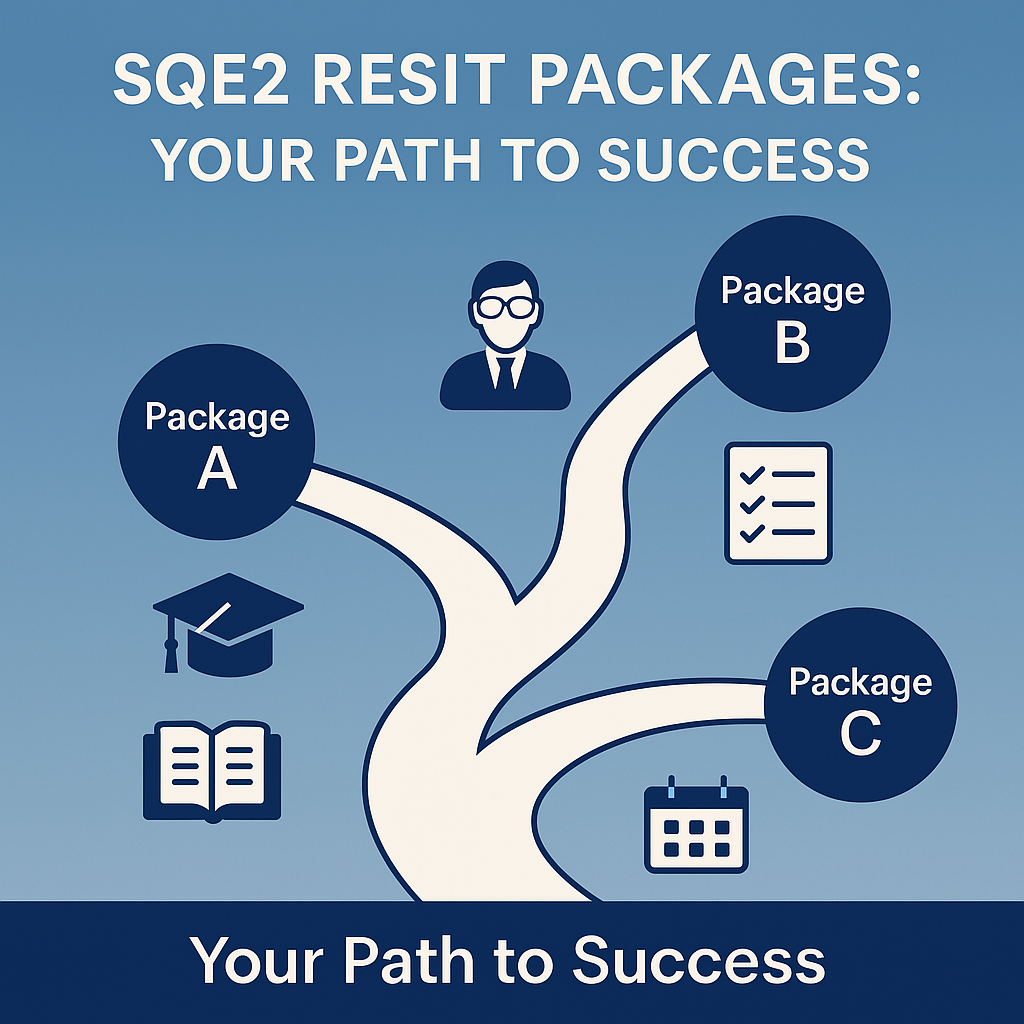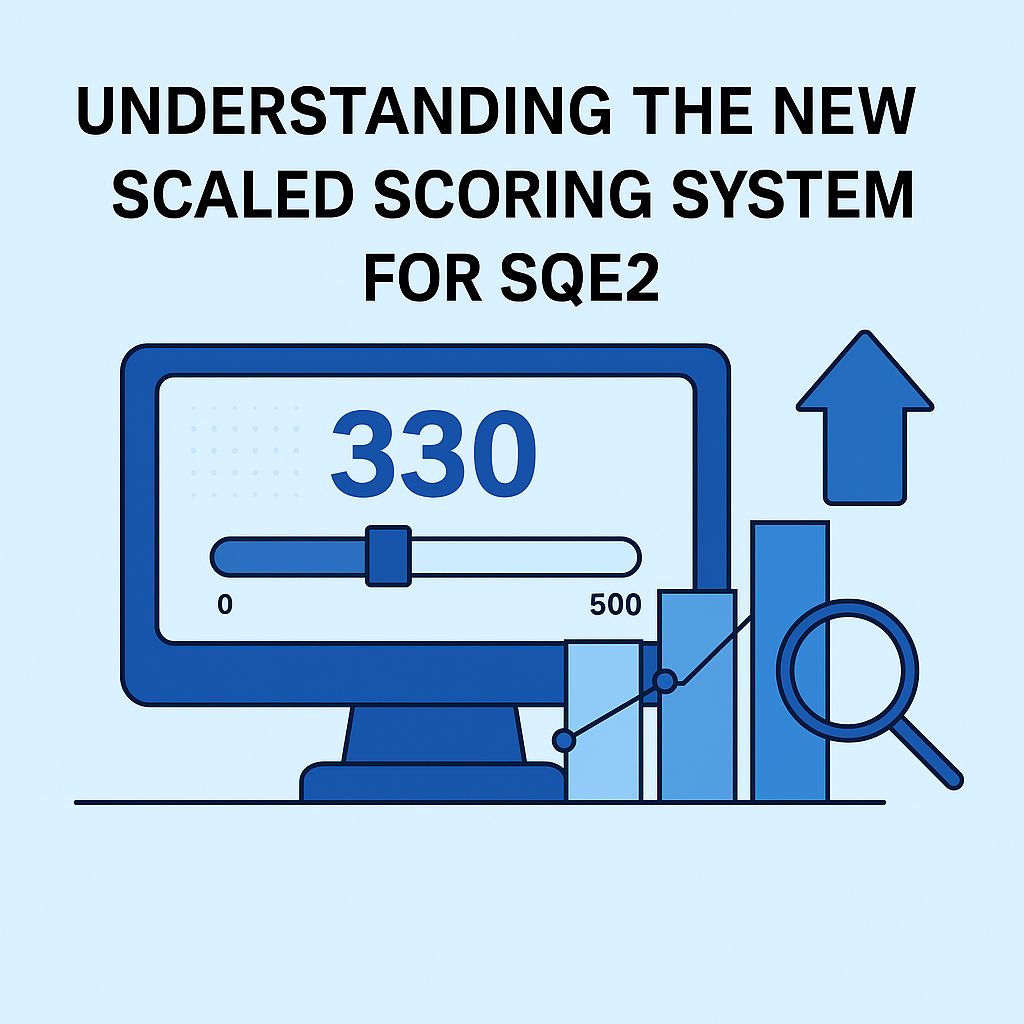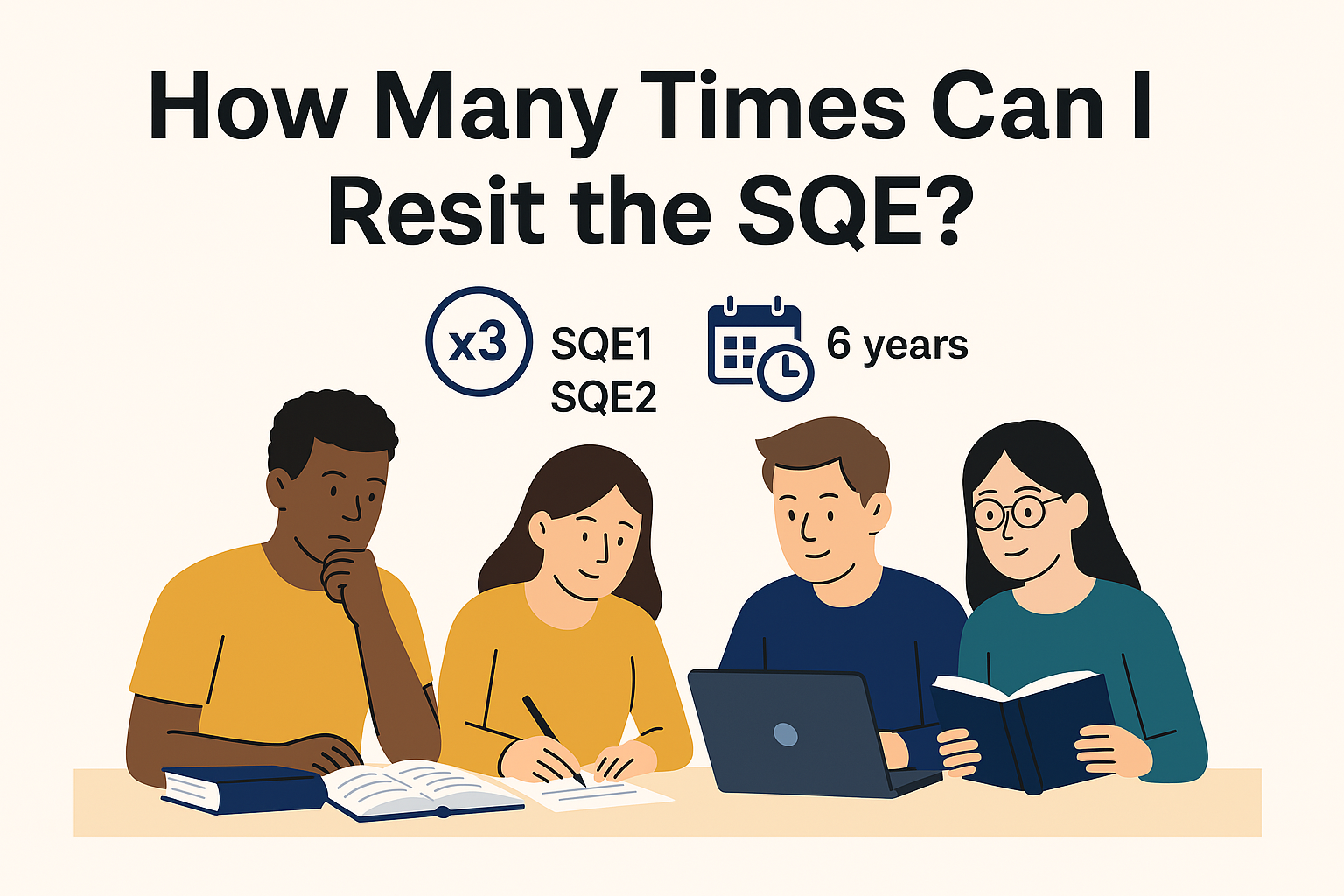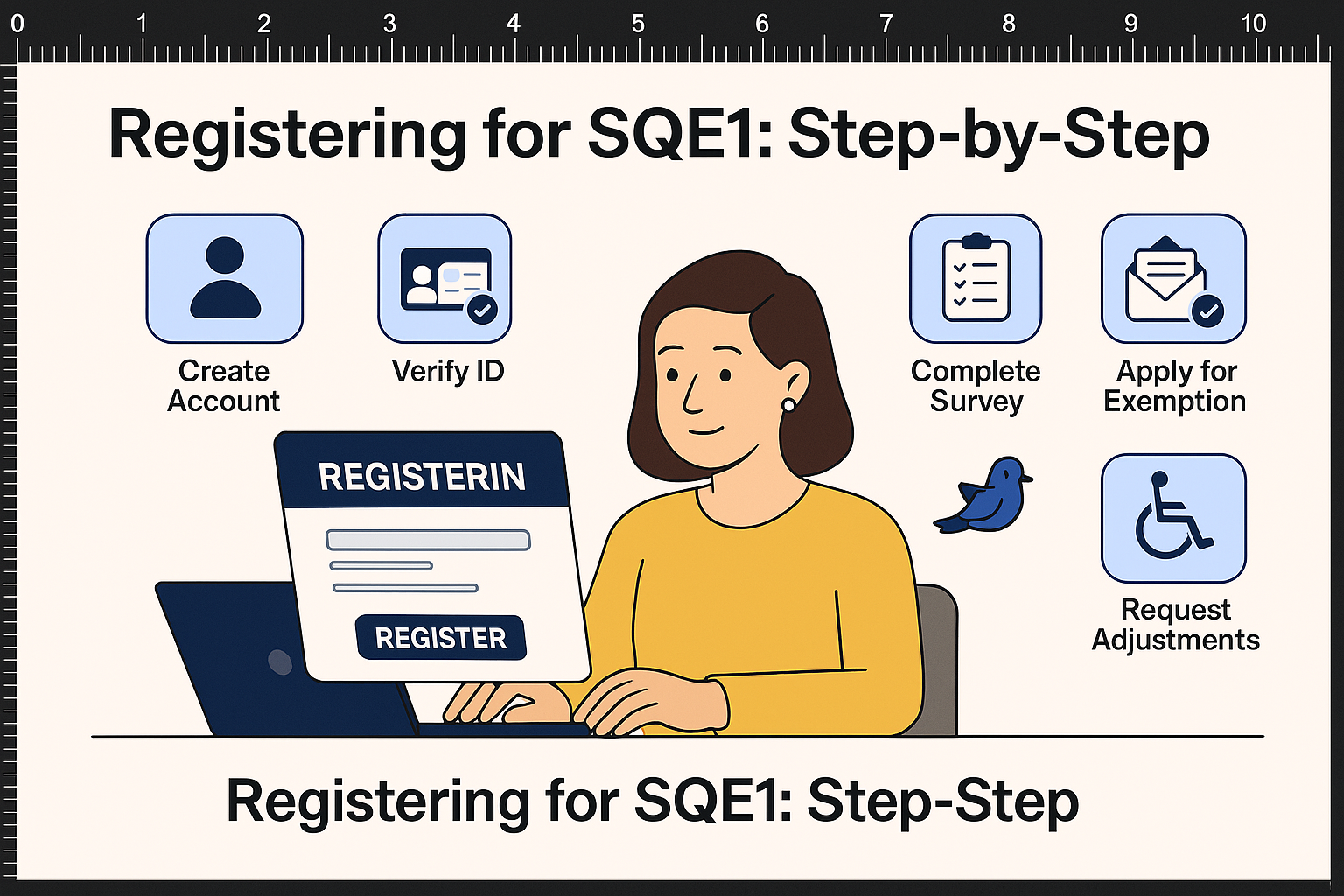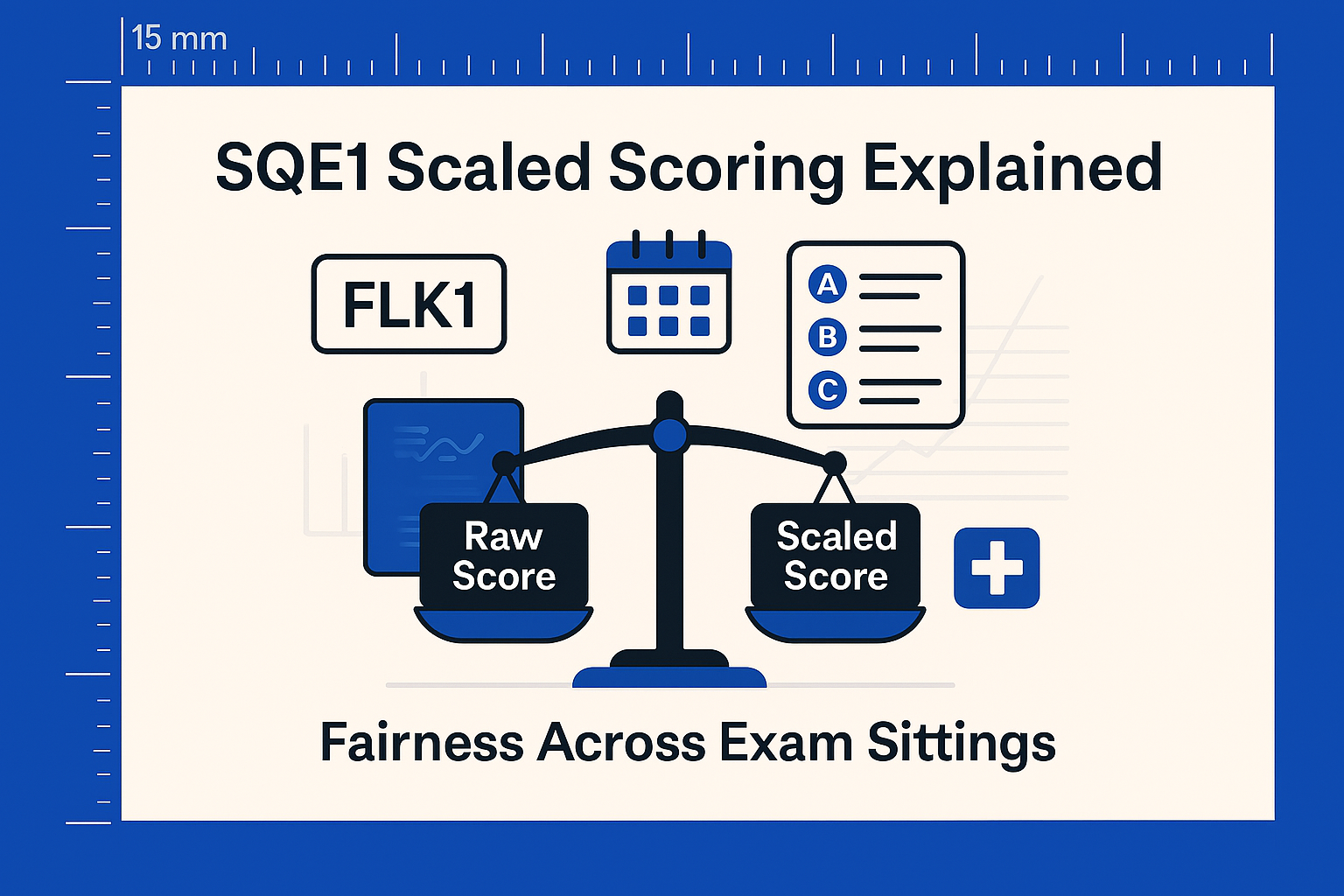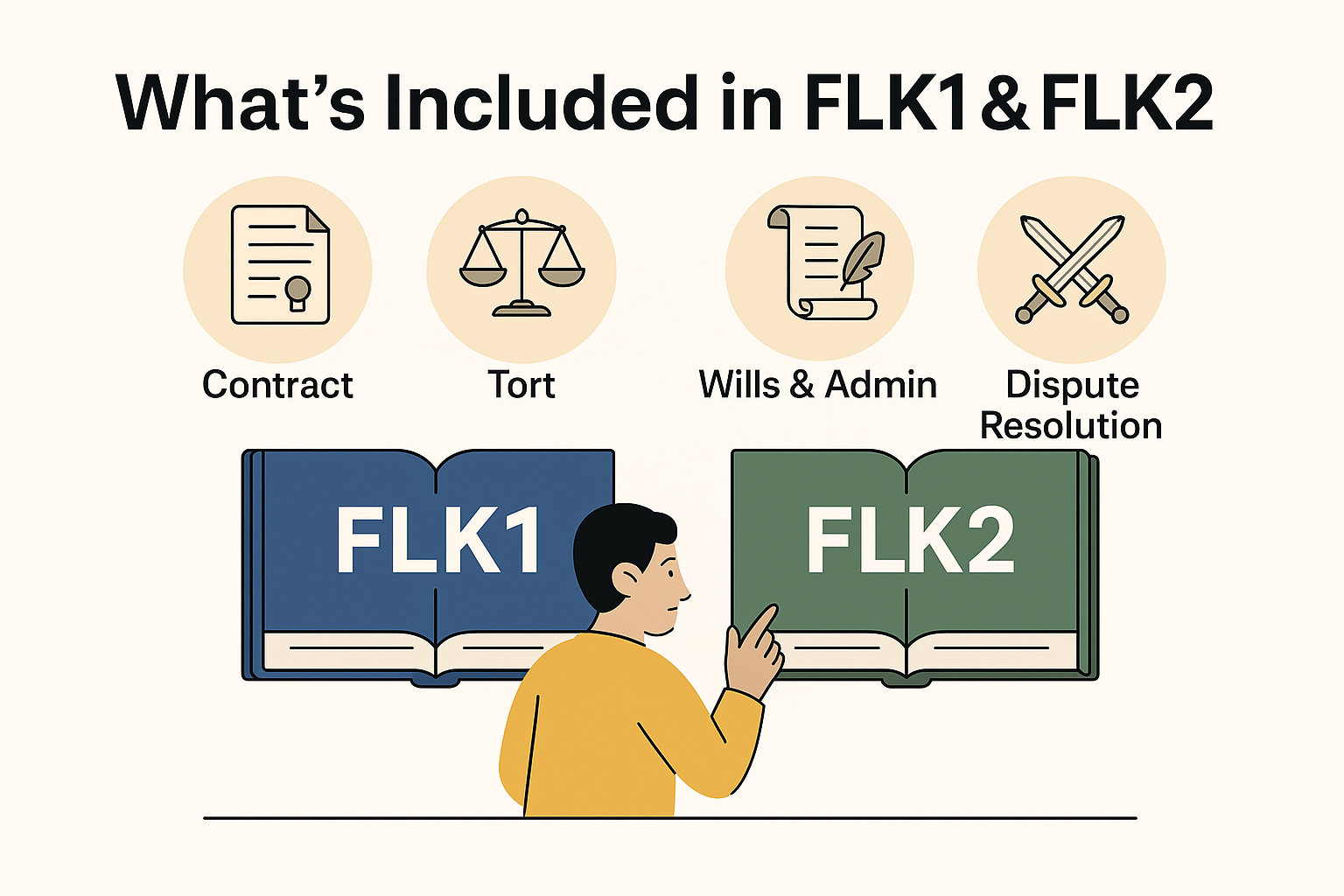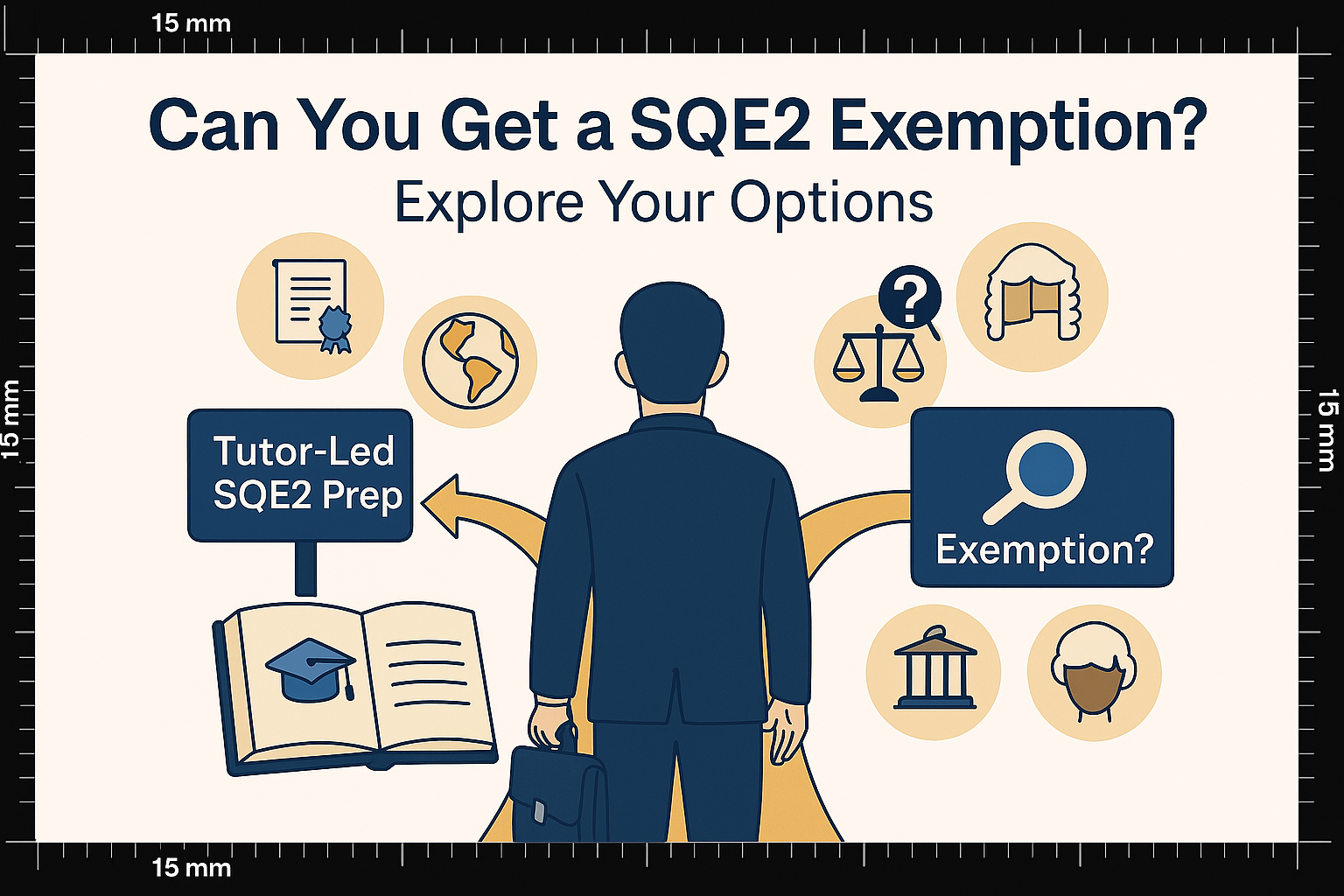Category: SQE methodology
Failing the SQE2 exam can be discouraging, but it is not the end of your journey. Instead, it is an opportunity to pass with a high mark, which may be crucial for future employment.
Starting January 2025, the Solicitors Regulation Authority (SRA) will implement a scaled scoring system for the Solicitors Qualifying Examination Stage 2 (SQE2).
This article explores how many times candidates can resit both SQE1 and SQE2 assessments, the implications of failing, and practical tips for preparing for your retake.
The SRA offers different exemptions for lawyers depending on their jurisdiction and individual circumstances. This article breaks down the types of SQE2 exemptions, the application process, and required documents.
The process of SQE registration involves creating an account, verifying your email address, and completing identity verification. Here’s a detailed guide to help you through each step of the process.
SQE1 uses a scaled scoring system to ensure fairness across different sittings and to maintain consistency. Candidates often wonder how this process works and how it impacts their results.
The latest data from the Solicitors Regulation Authority (SRA) has revealed a concerning decline in the SQE1 pass rate, with only 44% of candidates passing the exam in the most recent July 2024 sitting.
Whether you're considering an SQE1 course, engaging in SQE self-study, or exploring SQE1 materials, this article will break down the key subjects and areas tested in the SQE1, ensuring you're well-prepared for the challenge ahead.
Some candidates might wonder if they can bypass certain elements of SQE2. In this article, we explore the possibilities of SQE2 exemptions and what that means for your preparation.
This article explores how you can become a solicitor without a law degree, focusing on SQE1 and SQE2, and provides insights into the preparation and training involved in this process.
